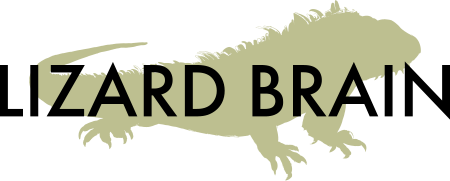Two PRINCIPLES: Meet Me In Paris and the Cherry Pie
If I said, "Meet me in Paris" and that's all the information you had, where would you meet me?
Ask this question to any group, and you'll get a variety of answers.
- "The Louvre!"
- "The Arc de Triomphe!"
- "Charles de Gaulle Airport!"
- "Paris Texas!"
- "I wouldn't meet you... not enough information!"
Of course, the answer you'll hear more than any other is the Eiffel Tower. Ask the group why they offered the answers they did.
- "I said the Louvre because it's personally significant, and if you knew me, you'd know that."
- "I said the Arc de Triomphe because it's central and easy to find."
- "I said Charles de Gaulle Airport because it's easy to get to."
- "I said Paris Texas because I was thinking outside the box."
- "I said I wouldn't meet you because I don't know exactly where, when, or why, and plane tickets are expensive."
And: "I said the Eiffel Tower because it's the most obvious."
Nearly every group decision-making process has some element of clustering small ideas and grouping them into larger categories. When designing a vision map, this happens when identifying themes. It can be one of the most difficult processes to facilitate if the group can't agree on those themes. It marks a turning point from OPENING to REFINING, and shifting from one thinking mode to another isn't easy.
If the group is swirling around which themes would best organize the small ideas, here are three principles to get them out of the swirl:
- The Principle of Meet Me In Paris.* The Eiffel Tower is correct, not because it's meaningful to a few people, or easy to get to, or the most creative answer, but because it's the one that most people would guess. Themes serve as a framework for understanding the ideas inside them. When your purpose is to communicate clearly, the goal is to be readily obvious to the largest audience. The framework of themes should be transparent and as easy to understand as possible.
- The Principle of Cleaning the Garage. Return to the Principle of Cleaning the Garage. What if someone ELSE had to understand the way you're organizing your garage? Could they find what they were looking for with no guidance from you? How would that requirement influence the way that you're organizing the content?
- The Principle of the Cherry Pie. Think of the content as a cherry pie. We have to slice it up to make it easier to serve out. We could slice it radially (like nearly all pies.) Or we could slice it into squares. Or we could slice it into strips. But what we can't do is slice it one way, then another, then another... or we wind up with cherry soup. Pick one framework and stick to it, unless there's a very compelling reason to do something different.
The themes are not nearly as important as the content that's in them, but deciding on them can be a major source of disagreement for groups. Having these principles readily available is a way to help groups navigate through the hairpin turn from OPENING to REFINING.
Hint: In identifying themes, groups can often confuse the WHAT of an idea with HOW it will be achieved. For example, if an idea is "Survey Customer Opinion," the larger WHAT theme it falls into may be "Gain Customer Understanding," whereas the HOW is "Marketing Department." Several HOWS will usually cross-cut several ideas, creating many-to-many relationships and undermining the purpose of categorizing. For example, "Survey Customer Opinion" could be done through Marketing or IT or Sales or Customer Service.... and probably should be involve all four in some measure. Group ideas by WHAT you're trying to achieve, not HOW you'll achieve it.
*I first heard the Principle of Meet Me In Paris from Professor Steve Nowlis at Arizona State University in 2005.
